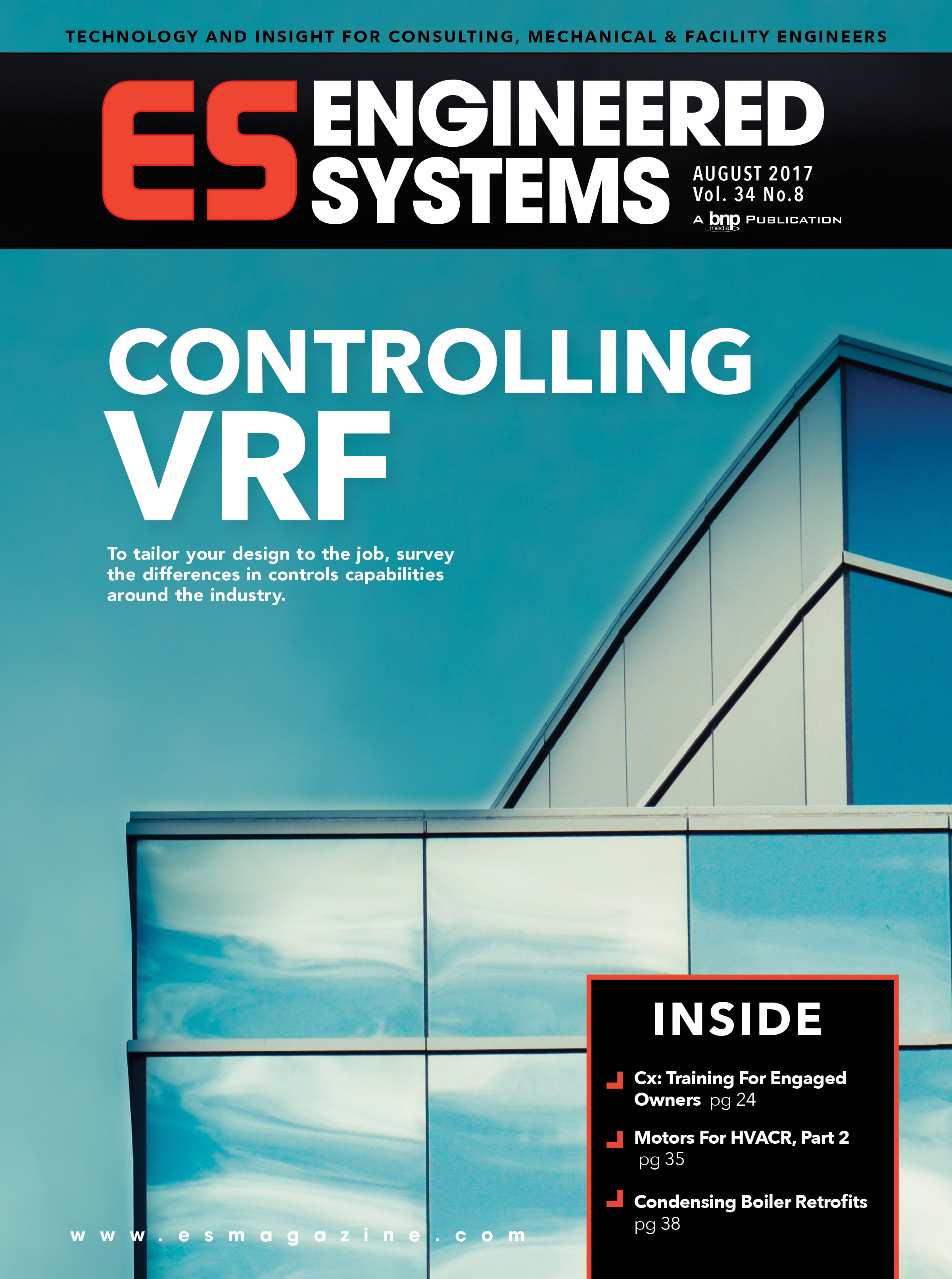What could go wrong?
From the onset of a commercial kitchen ventilation (CKV) project, the design of the exhaust ventilation system is challenged by an inherent disconnect between the foodservice consultant and the mechanical engineer. This communication gap may be attributed, in part, to a general perception by designers that the function and operation of an exhaust hood is more straightforward than it really is.
Getting On The Same Page
The fact that the CKV system works [or appears to work] for many projects sustains a “status quo” viewpoint on the part of the consulting team. But when a ventilation system fails to meet a client’s expectations, the problem is blamed on the exhaust hood specification and/or the mechanical design and the fingerpointing begins. The typical design process does not have an effective feedback loop that identifies the elements of a good system over a poor system - so the experience from one project is not effectively applied to the next. This probably explains why short-circuit hoods continue to be specified even though their performance on previous projects was not satisfactory.The specification of the exhaust hood within the design of a commercial kitchen typically falls under the jurisdiction of the foodservice consultant, whereas the design and specification of the ductwork, exhaust fan, and makeup airside of the system is the responsibility of the mechanical engineer. If the responsibility for specifying the exhaust hood is transferred to the mechanical engineer along with the responsibility for the rest of the building ventilation system, the design “disconnect” simply shifts from the interface at the ceiling level (between the hood and the ductwork) to the interface between cooking equipment and the hood. Since the cooking equipment defines the exhaust requirements, it remains the foundation of the CKV system.
Both the foodservice consultant and the mechanical engineer must recognize that there is more to making a hood work effectively than simply specifying its style, size, and exhaust rate. The ability of an exhaust hood to capture and contain (C&C) the heat, smoke, vapor, and combustion products produced by the cooking equipment is a function of much more than the physical attributes of the hood and the specified exhaust capacity. Unfortunately, many of these influencing factors (e.g., appliance positioning beneath the hood or the delivery path of the replacement air) are overlooked in the detailed specifications. Beneficial features such as overhang, hood height, and side panels or end walls are also neglected within the specification.
Mechanical Disconnect In Action
On a troubleshooting mission by the author at an upscale restaurant in San Francisco, the mechanical disconnect was obvious [to the author]. But this was less than obvious to the participants in the site meeting where the owner, mechanical engineer, foodservice consultant, and hood supplier passed the blame around the table in a futile attempt to reconcile the problem, which was that it was too cold in the back kitchen and too hot in the front kitchen.The foodservice consultant had divided the back-of-the-house into two kitchen areas connected by a corridor. Each kitchen was exhausted by a wall canopy hood at an exhaust rate of approximately 4,500 cfm, for a total exhaust of 9,000 cfm. Exit the foodservice consultant from the project and enter the mechanical engineer who chose to supply 8,000 cfm of untempered makeup air (replacement air for both exhaust hoods) through a trunk duct with directional diffusers directly in front of the hood in the back kitchen. So … on a chilly morning in San Francisco, the 8,000 cfm of 45°F air being dumped onto the staff in the prep kitchen was not well received.
Compounding the situation, by the time the portion of makeup air needed to replace the air being exhausted by the hood in the front kitchen had made its way down the corridor alongside the dishwashing station, it no longer had any cooling effect, and the staff on the short-order line was simultaneously complaining of being too hot. Adding insult to injury, the capture and containment performance of the hood in the back kitchen was compromised by the makeup air being introduced at velocities that were far too high.
The commercial kitchen exhaust ventilation system is just that - a system - and it cannot be designed to its optimum by two professions operating independently of each other. Design details can make or break the performance of the system. Communication between the foodservice consultant and the mechanical engineer during preliminary design may be the best fix for the mechanical disconnect. ES


